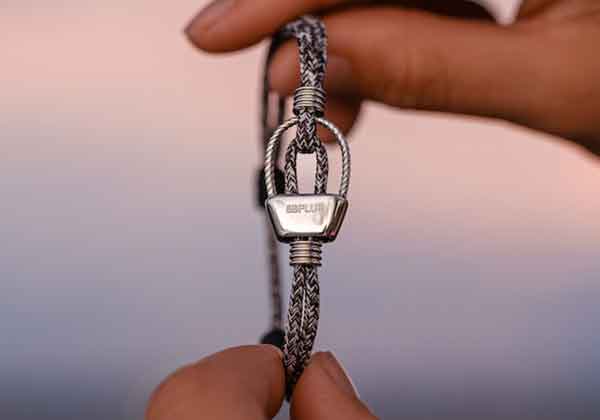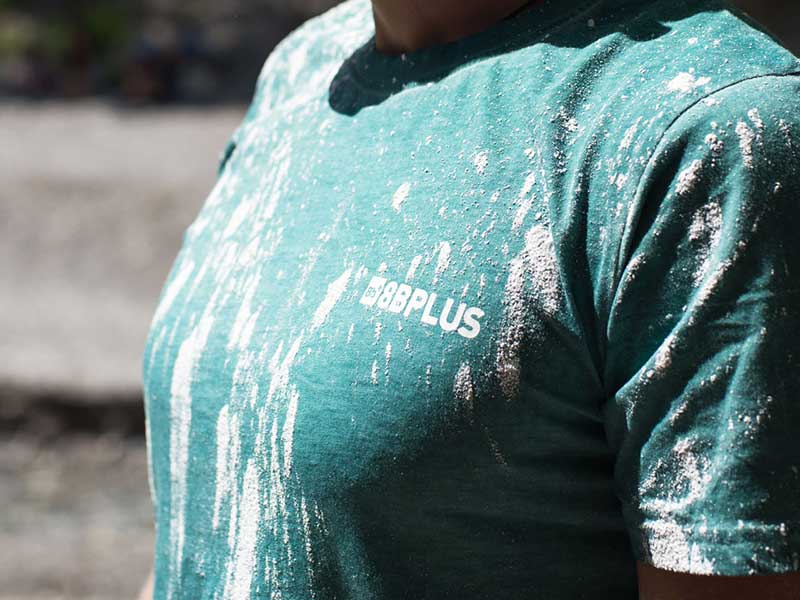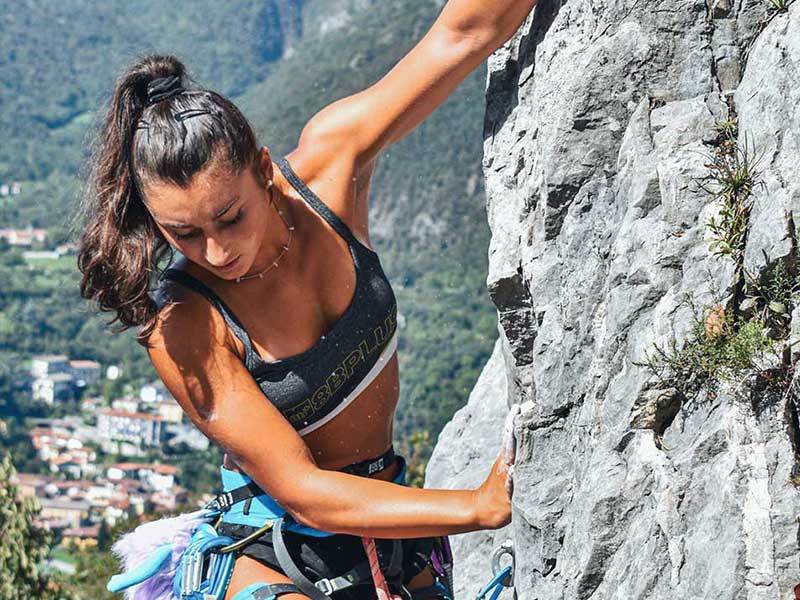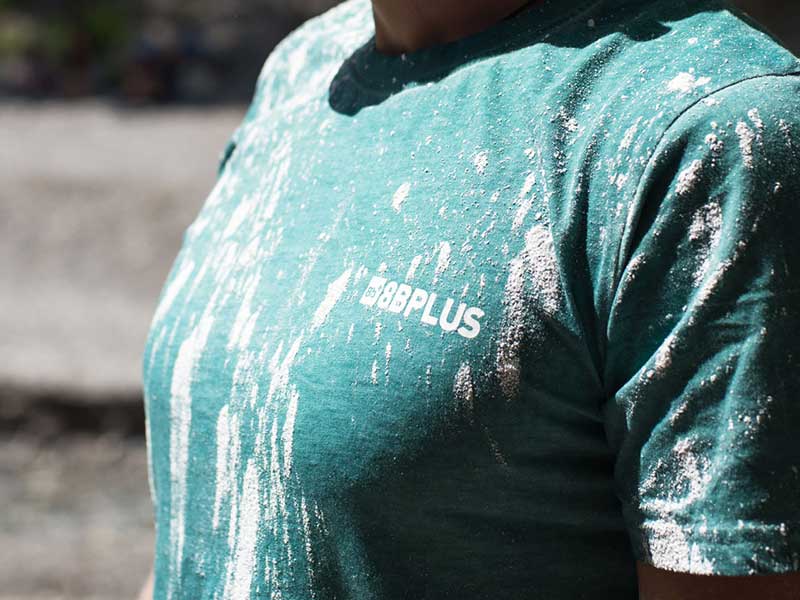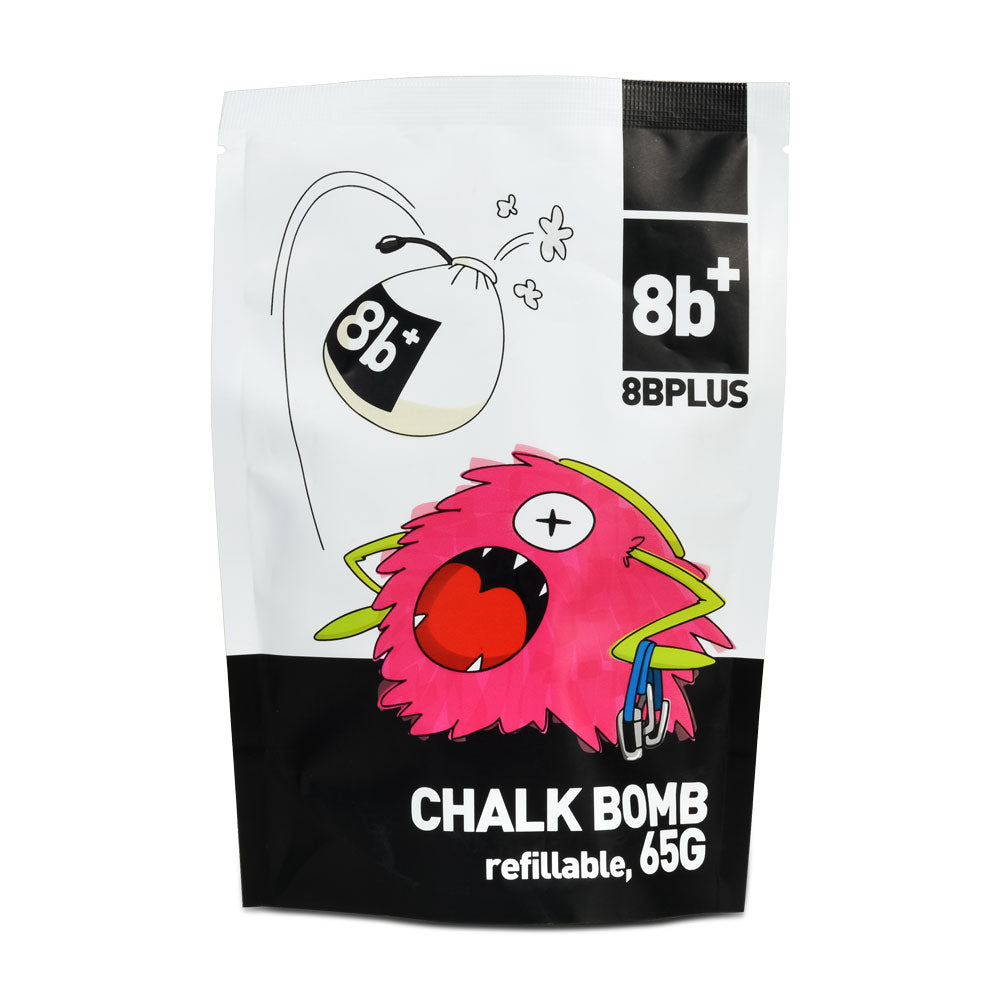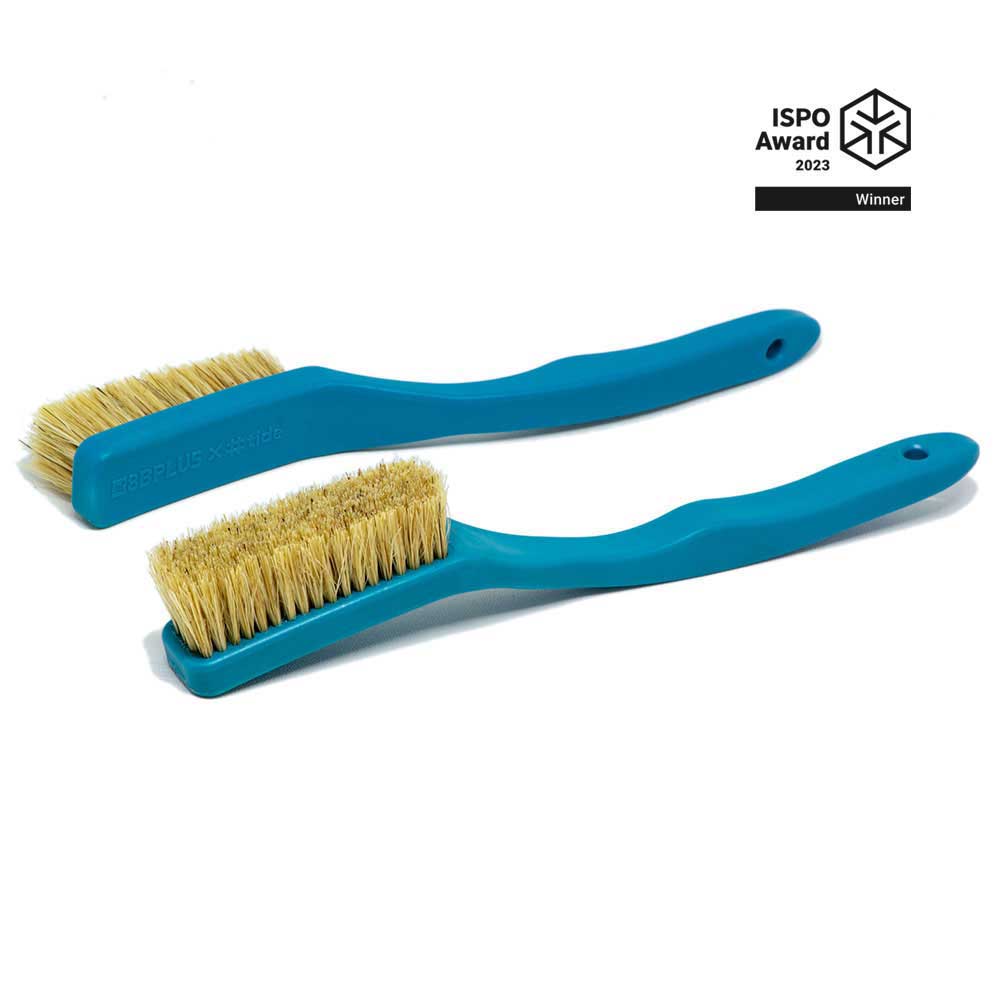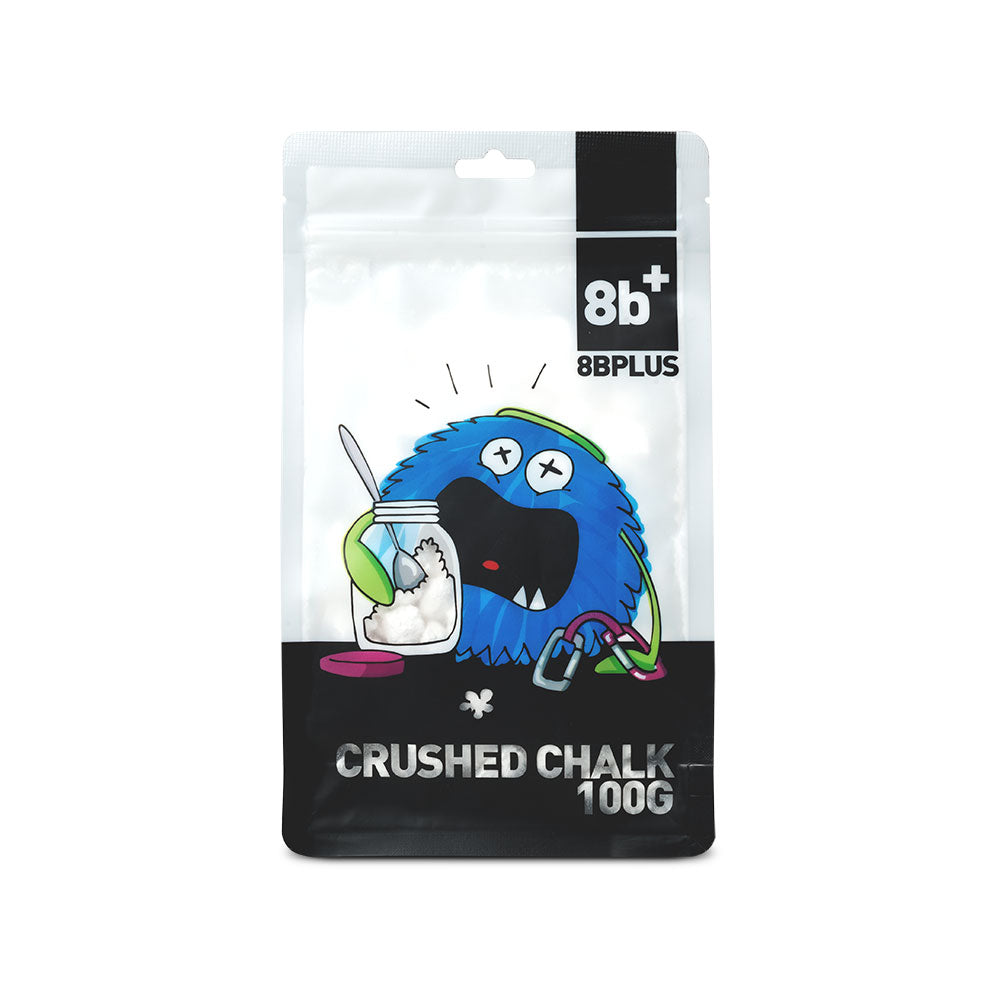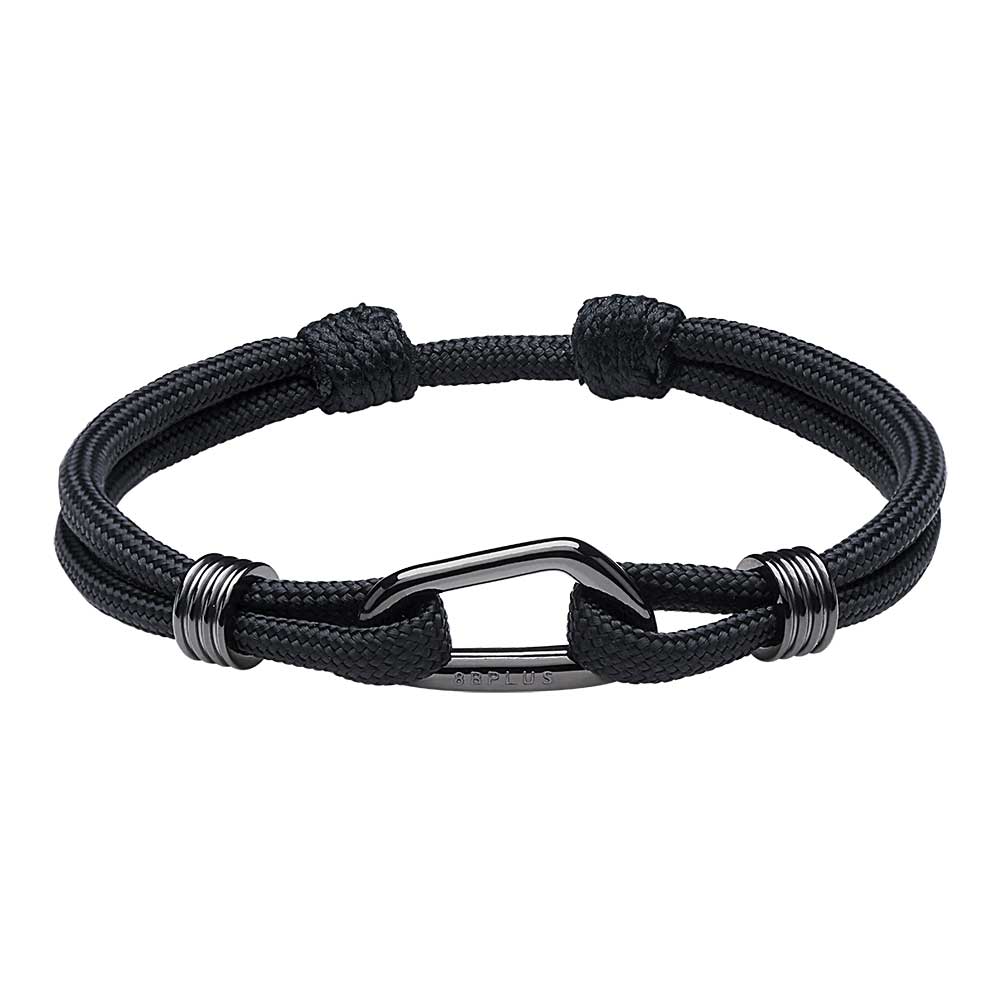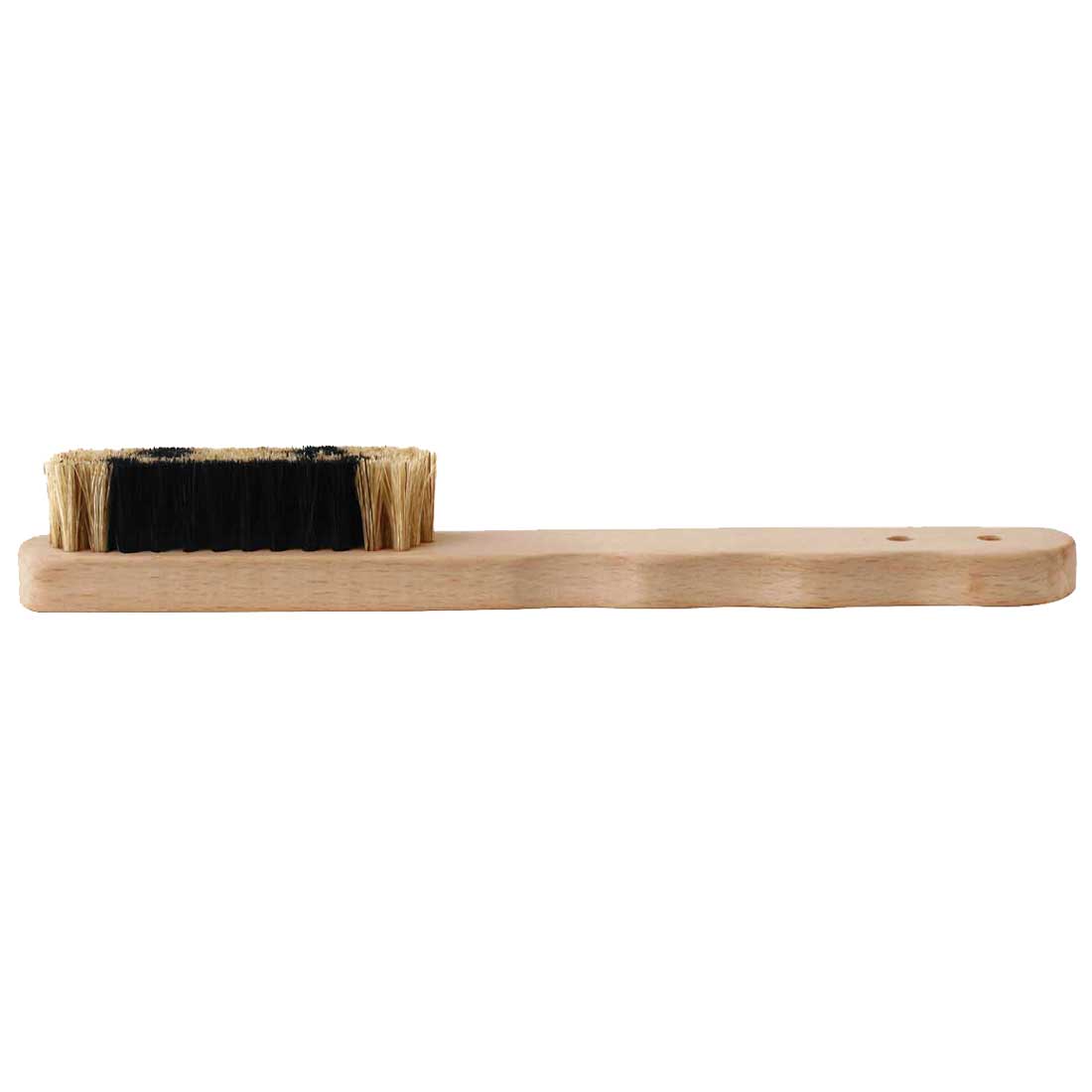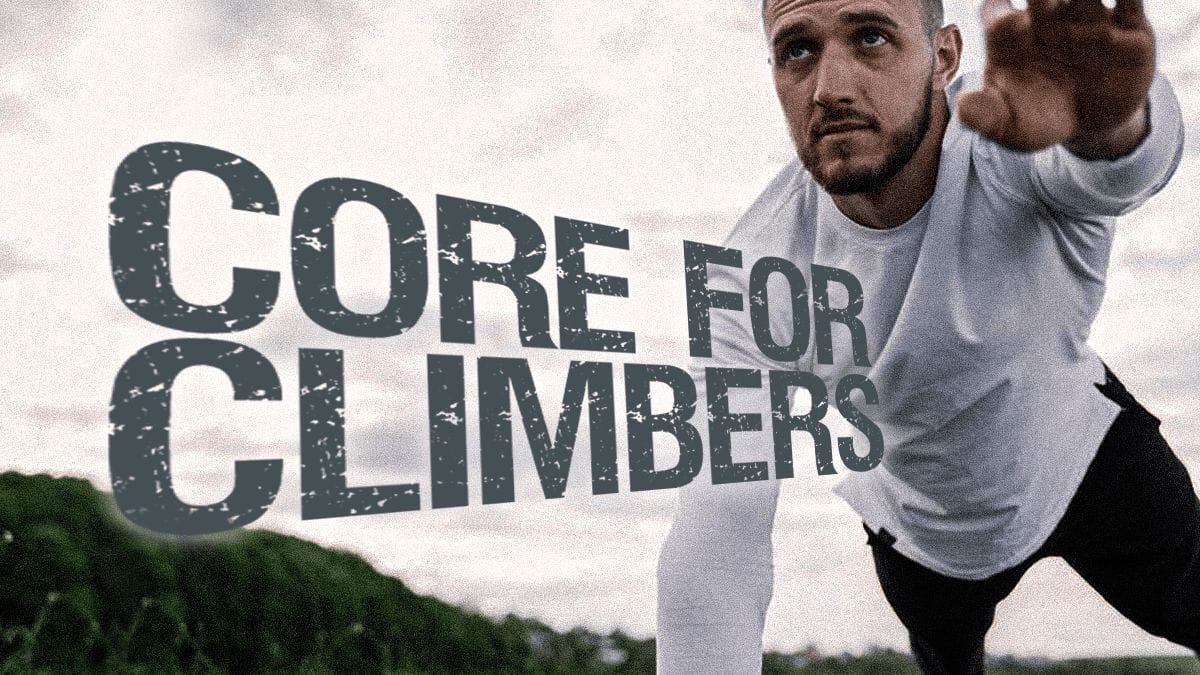
Core For Climbers
Does watching videos of pro-climbers on your Instagram feed leave you in awe of their strength, agility, and chiseled 6-pack abs? Do you dream of climbing the most challenging grades in the gym and sending V10 or 5.13 outside? If you answered yes to any of the above, establishing a core foundation of strength (yes, pun intended) is critical.
What is Core?
News flash: your core is not just the showy 6-pack abs.
While those are pretty enticing, the core includes all muscles from your mid-rib cage to the top of your thighs, including deep and superficial muscles. And while your core is essential for excelling at climbing, a strong core is also vital for supporting your body in everyday life.
Why Train Core?
What benefits does having a rock-solid core bring to your climbing? First, it helps you keep tension throughout your body. Maintaining tension keeps you into the wall, and allows you to stick hard, dynamic moves. Second, it enables you to maintain greater control. Imagine climbing and suddenly cutting your feet loose to make a big move. You know that if you waste too much time swinging or reconnecting your feet to the wall, you will waste energy. However, if your core is strong, you can quickly pull your hips and feet back to the wall. Not to mention that you’ll look super cool. Third, a strong core will help you maintain control on the wall and feel stable during your climbing.
Before diving into the core exercises below, remember that your core is not just the muscles making up the 6-pack you visibly see. At the very least, remember that if you train the front, you must work out the back; otherwise, you could develop a muscular imbalance between the strength of your anterior and posterior core muscles.
How often to Train?
As a climber, anytime you climb, you will strengthen your core. However, adding 2-3 core workouts per week is helpful after a climbing session. These workouts should be 10-15 minutes max, and you should aim to keep your core engaged most of the time. Take minimal rest. While it may be tempting to train core every day, you don’t want to be so sore that everyday tasks and climbing feel challenging. Additionally, remember to always prioritize quality over quantity when training. It is easy to fall into the trap of doing as many reps as possible, but if you do 100 reps with bad form, you will either increase the risk of injury or get less out of the workout than if you did 25 reps with excellent quality.
Now it’s time to get working out and get strong!
Create your Core Workout
Step 1:
Pick a workout format:
Pick a workout format from below.
Partner core: Grab a friend or climbing partner and set a timer for 10-15 minutes, depending on your current fitness level. Then alternate picking an exercise. The person who decides the movement gets to choose the number of reps or times you must do that exercise. Rest for 30 seconds – 1 minute after each pick and go until the timer is done.
100 Workout: If you’re by yourself, low on time, and need a core blaster, try this one! The only requirement is that your complete 100 reps total of core exercises without stopping (or at least try not to stop). You could pick ten exercises and do ten reps of each, four exercises and 25 reps, or however you see fit.
10-minute Timer Workout: Good for with a partner or alone. Set a timer for 10 minutes. Every minute you will start a new exercise and do that exercise for 30 seconds. Then rest the remainder of the minute. If you want to make it harder, increase how long you do it and decrease the rest.
Step 2:
Pick the Exercise to do
Pick from the list of these best exercises.
Planks
Possible variations of planks from the most straightforward to the most complex include the high plank, side plank, forearm plank, and awkward plank. Planking will strengthen your core and shoulders and works all the muscles from your head down to your toes as you try to keep tension throughout your entire body.
Windshield Wipers
You can do windshield wipers lying on the ground or hanging from a bar for a more challenging variation. These will target your obliques and upper body if you choose to hang.
Leg Lifts
Leg lifts can be done on the ground or hanging from a bar for a more challenging variation. These will target your hip flexors, quads, lower back, and upper and lower abdominals.
Heels to Heaven
Heels to heaven will target your lower abdominals as they must remain engaged throughout the exercise.
Dead bugs
Dead bugs are a fantastic exercise targeting almost every abdominal muscle and working your pelvic floor. Despite the silly name, don’t underestimate this one!
Superman Hold
Just as it is essential to train your abdominals, it is equally important to train your lower back muscles, which are part of your core. Superman holds will target this area and work your glutes, hamstrings, and shoulders. Be prepared for this one to burn.
L-Sits
You can do these with your knees tucked if they are too hard! In addition to working your lower abdominals and hip flexors, this exercise strengthens your quads, lats, shoulders, and triceps.
Mountain Climbers
Mountain climbers will challenge your triceps, shoulders, serratus, abdominals, and hip flexors. Want an extra burn? Do as slow and controlled as possible to feel the muscles working.
Medicine Ball
There are endless ways to use a medicine ball to train the core. You can target your obliques with Russian twists, your entire core with partner-medicine ball tosses, or add weight to your leg lifts!
Side-Plank Dips
The dip will mainly target your obliques; however, holding the side plank will target your shoulders, lats, glutes, and inner thighs.
Now that you understand the importance of core in climbing, and have a toolkit of core workouts and exercises, get moving! And, if you don’t have time for a 10-minute workout, throw in one or two movements here or there throughout your day. Anything is better than nothing; the stronger your core, the harder you climb!
Let us know in the comments below which workouts and exercises you tried!





